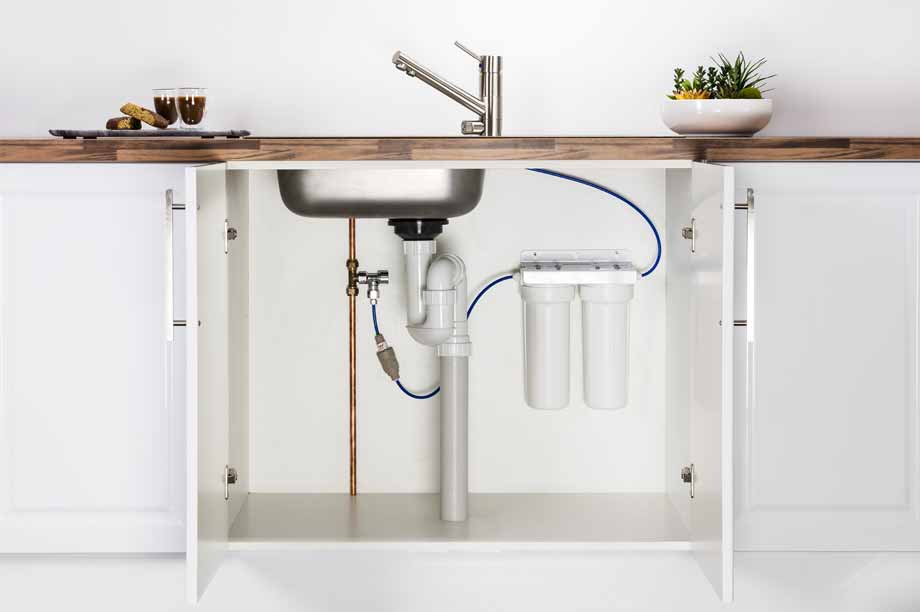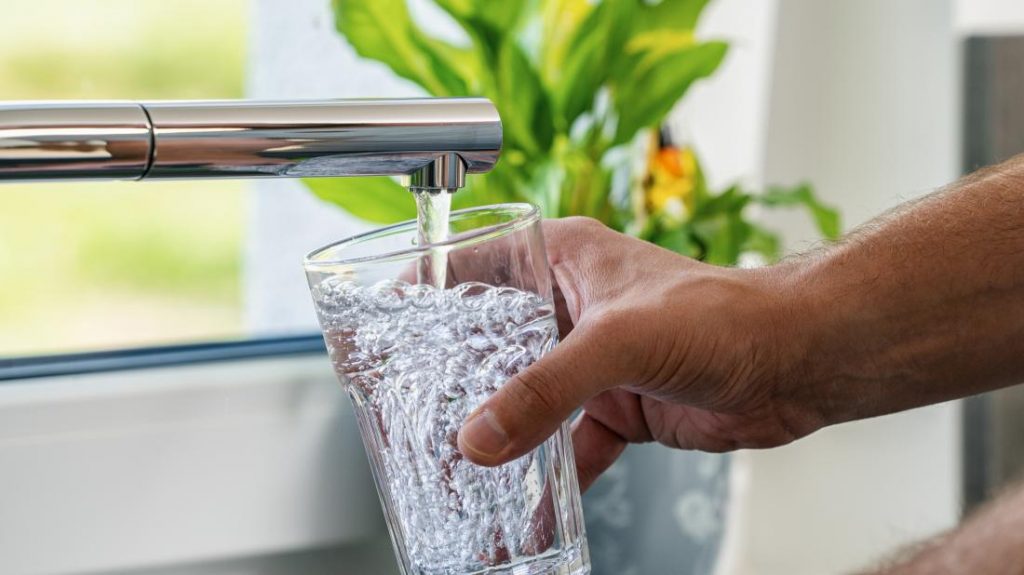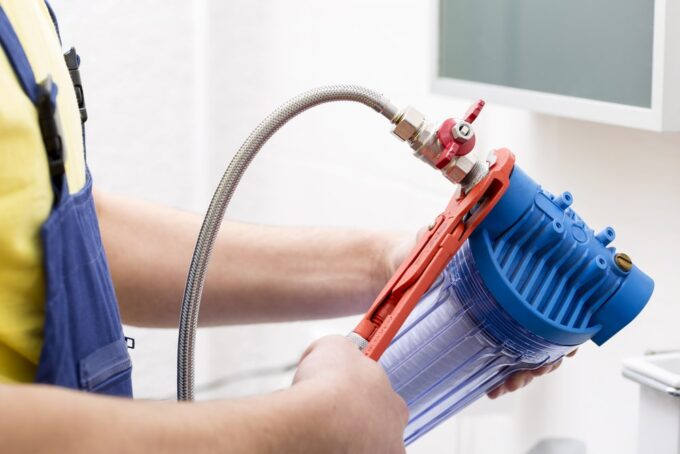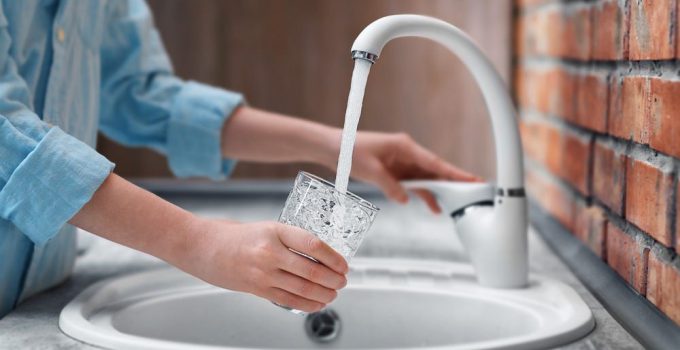One of the easiest ways to get purified drinking water on tap at home is with an under-sink water filter. However, choosing one is not as simple as just pointing at one that you think will look nice under your sink. There are mandatory factors to consider before choosing one for your home, and this guide is here to make determining those factors easy.
In addition to determining the aforementioned factors, you’ll also consider the types of under-sink water filters to give you a clear idea of what to expect from your new filter. In all cases, you’ll find that each type of filter offers unique pros & cons. By the end of this article, you’ll know which pros you can’t live without and which cons are negligible.
The First Step

Source: purewatersystems.com.au
The first step is to assess your current situation. Do you already have a water treatment system installed in your home? Chances are, if you currently own an efficient whole-house water filtration system, there’s no need to install an under-sink water filter unless you desire an extra filtration stage before the water reaches your glass.
If you don’t already have a water filtration system installed, then you’ll want to invest in an under-sink water filter that does a thorough job of removing contaminants along with sediment. If you’re on well water, then your water will carry larger sediment than most people on municipal water.
This factor is especially important to consider when choosing your filter because you don’t want to choose the wrong filter and be left with a significantly shorter filter life due to sediment clogging your filter. This is a common problem that people on well water run into after purchasing a new filter with great reviews since the reviews are mostly written by homeowners on municipal water.
The bottom line is that assessing your current water source and treatment system is the first step to choosing the right under-sink water filter. By taking this quick step, you’ll already be ahead of the game by avoiding the most common mistakes made by new homeowners.
The Types of Under-Sink Water Filters

Source: medicalnewstoday.com
Homeowners on municipal water should first consider a high-capacity, under-sink water filter that effectively removes chlorine and other common water contaminants including heavy metals. This type of filter is great because it connects directly to your cold water line, which means you don’t have to install a designated faucet. Plus, the extra-long filter life minimizes maintenance.
Next, people on municipal or well water who desire a more efficient water filtration system can opt for a multi-stage water filter that first removes sediment before filtering the water through additional stages with smaller pore sizes, activated carbon, and KDF media.
Comparatively, this type of system does a better job of removing contaminants than a single-filter system, yet it does require more frequent filter changes and space below your sink. Additionally, a multi-stage system usually requires the installation of a designated faucet.
Your third option is a reverse osmosis water filtration system, which is the most thorough system for people on both municipal and well water. A modern tankless system in this guide is a good choice for people low on space who prefer an easy installation with minimal maintenance.
For handier homeowners, a traditional reverse osmosis system is a more affordable choice that requires a more complicated installation. Plus, if you’re on well water, a traditional under-sink reverse osmosis system may include a UV purification stage to eliminate bacteria. The difference is that people on municipal have tap water that’s been treated with chlorine or chloramines to eliminate bacteria, while people on well water must treat for bacteria themselves.
In total, your primary options are a high-capacity single-filter system, a multi-stage system, and a reverse osmosis system. Lastly, it’s important to consider that reverse osmosis filtration removes both contaminants and minerals from your tap water unlike the other options which results in purified water with a lower number of total dissolved solids.
Installation Considerations

Source: waterfilterspot.com
Mostly all under-sink water filter installations require a minimal number of tools and some drilling. For this reason, it’s important to read over the directions carefully and follow them exactly.
Also, once you read through the directions, it’s good to get a visual reference by searching for instructional videos online. Most of the top brands provide instructional videos that walk you through the process of installing the filter.
This way, you know exactly which tools you need and the steps to follow to properly install the system. Outside of high-capacity single-filter systems that attach directly to your cold water line, the other systems require an auxiliary faucet.
To install the faucet, you’ll use an existing hole in your sink or drill a new one using the correct bit. This step is very important not to skip because you don’t want to use the wrong type of bit that could ruin your sink. For example, a carbide hole saw is good for getting a clean cut through steel.
Finally, always wear the proper personal protective equipment including gloves and safety glasses when drilling through metal or any other material for that matter. If you don’t feel comfortable doing it yourself, then hire a plumber such as one at rmplumbingandelectrical.co.uk or ask a handy friend or family member with construction experience.
Conclusion
Under-sink water filters are the best choice for homeowners who need or want to filter water in their kitchen. Unlike countertop water filters, faucet filters, and other filter types, under-sink systems are out of sight until you need them. In most cases, the only addition that’s seen at the countertop level is the auxiliary faucet.
Plus, a good multi-stage system such as a reverse osmosis system does a great job of removing contaminants to guarantee you’re getting purified water from you tap. Ultimately, once you assess your current filtration system and water source, choosing the right under-sink water filter is no problem at all.







